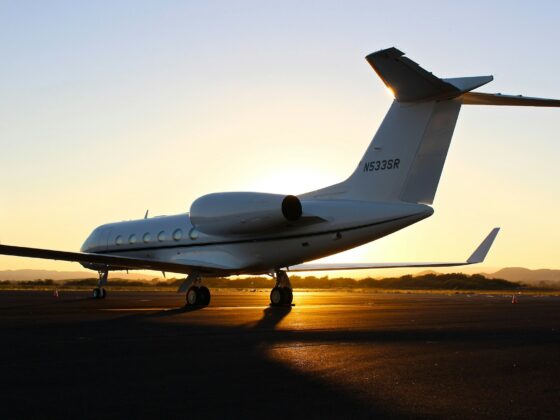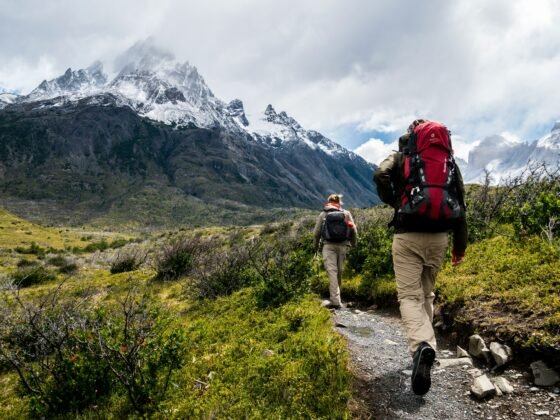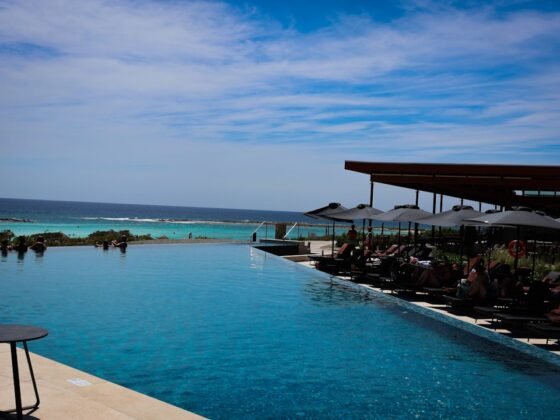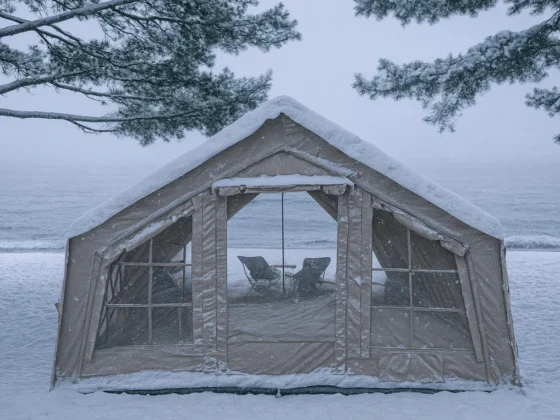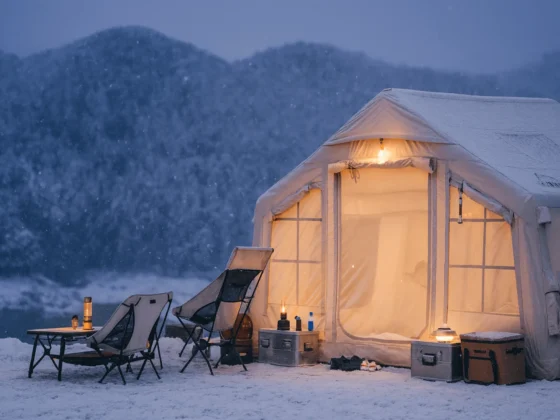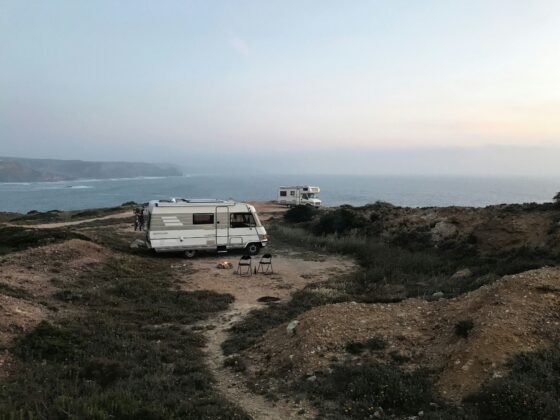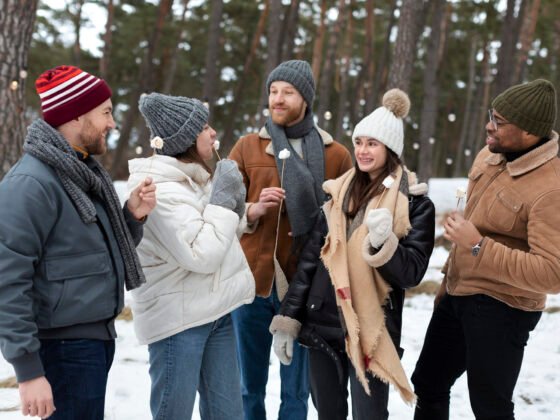Introduction
Overview of Kayak Photography
Kayak photography unlocks a world of visual storytelling, allowing you to capture the world from a unique, water-borne perspective. Imagine gliding silently across a crystal-clear lake at dawn, capturing the mist rising off the water as the first rays of sunlight illuminate the surrounding mountains. Or, picture yourself navigating a hidden mangrove forest, your lens trained on exotic birds with vibrant plumage perched on tangled branches. Kayak photography allows you to witness and document breathtaking moments in a way that traditional land-based photography simply cannot.
However, kayaking introduces challenges, unlike landscape photography on solid ground. The constant, gentle kayak rocking requires a stable platform and careful handling of your camera gear. This guide equips you with the knowledge and essential tips to navigate these challenges and capture stunning images on your next kayaking adventure.
Importance of Proper Setup
A well-equipped and stable kayak forms the foundation for successful photography on the water. Choosing the right kayak size and configuration, as well as the proper camera gear setup and safety precautions, will ensure you capture breathtaking images while staying comfortable and secure.
Choosing and Setting Up Your Kayak
Stability and Size
Stability is paramount in any photography kayak setup. Forget sleek, narrow racing kayaks – you’ll want a more comprehensive, sit-on-top model for maximum strength. These kayaks provide a more forgiving platform, allowing you to focus on composing your shots without worrying about tipping over. While sit-in kayaks offer better paddling efficiency, the increased risk of tipping makes them less suitable for photography, especially when carrying additional camera equipment.
Weight Capacity
Exceeding your kayak’s weight capacity is a recipe for disaster. Factor in the total weight of yourself, your camera gear (including lenses, tripods, and mounts), snacks, water, and any other supplies you plan to bring. Remember, even a relatively lightweight camera can feel heavy when combined with telephoto lenses and tripods. Check the manufacturer’s specifications for your kayak’s weight capacity, and don’t push the limit.
Mounting Camera Equipment
There are several options for mounting your camera gear in a kayak. Specialized deck mounts with detachable arms allow you to easily position your camera for quick access and secure it while paddling. These mounts often come with scupper holes that will enable leashes to be attached, preventing your camera from going overboard in case of an accidental tip.
For added stability, consider a permanent mount behind the cockpit. This allows you to secure a tripod or camera housing in a central location, minimizing the impact of the kayak’s movement on your shots. However, permanent mounts may limit your flexibility in changing camera positions.
Organizing Gear
Keeping your gear organized is crucial for both safety and efficiency. Imagine fumbling with camera bags while precariously balanced on your kayak – not ideal! Use waterproof dry bags in various sizes to store camera equipment, extra lenses, snacks, and other essentials. These bags protect your gear from splashes and keep it readily accessible. Deck hatches on your kayak can be used for more oversized items you don’t need frequent access to, such as extra clothing or a first-aid kit. Labeling dry bags can save you time and frustration while on the water.
Essential Gear and Photography Tips
Camera and Lenses
The ideal camera for kayak photography depends on your specific goals. A DSLR or mirrorless camera with interchangeable lenses offers the most flexibility. A wide-angle lens is a must-have for capturing breathtaking landscapes, while a telephoto lens allows you to zoom in on wildlife or distant subjects. Consider weatherproofing or using a waterproof camera case for added protection against splashes and spray.
Mounts and Supports
A stable camera mount is essential for sharp photos, especially in windy or choppy conditions. Tripods with weighted bases provide excellent stability but can be cumbersome in a small kayak. Beanbags offer a more portable option, allowing you to rest your camera on uneven surfaces like the deck of your kayak. Look for bean bags with a non-slip bottom to prevent them from sliding around. Use a camera strap attached to your kayak or PFD for added security.
Composing Shots
The low vantage point of a kayak opens doors to creative compositions. Experimenting with different angles and perspectives can drastically improve your travel photos. Try incorporating foreground elements like rocks, logs, or exciting water textures to add depth and interest to your photos. Leading lines, such as a winding shoreline or a line of reeds, can draw the viewer into your image and create a sense of movement.
Managing Movement
The constant motion of the kayak can be your biggest enemy when it comes to camera shake. There are several ways to combat this. Use a fast shutter speed to freeze the action. Most modern cameras offer image stabilization features, which can help to minimize blur caused by camera shake. Practice paddling smoothly and take your shots when the kayak is relatively stable, such as between strokes.
Practical Considerations
Comfort and Ergonomics
A comfortable kayak with good back support is essential for extended paddling trips, especially when loaded with camera gear. Consider using a cockpit pad for added comfort and to position yourself for better camera access. A paddle with adjustable length and comfortable grips can help prevent fatigue and strain on your wrists and shoulders.
Weather and Environment
Be prepared for changing weather conditions. Pack rain gear, sunscreen, a hat, and polarized sunglasses to reduce glare on the water. Research the local tides and currents before heading out. Knowing the wind direction can also help you plan your route and avoid choppy waters.
Safety and Protection
Always prioritize safety. Wear a fitted life jacket with a whistle attached and dress appropriately for the water temperature. Dressing in layers allows you to adjust to changing weather conditions. In case of emergencies, let someone know your paddling route and planned return time. Carry a waterproof communication device like a marine VHF radio or a satellite communicator for added safety, especially if you’re venturing into remote areas.
Sun Safety
The sun’s reflection on the water can be intense, so protecting yourself from sunburn is crucial. UV indexes can vary, which is why it is always important to check the UV level and be informed on safe levels of exposure for each UV level. Apply sunscreen with a high SPF (30 or higher) liberally and reapply frequently, especially after swimming or sweating. A wide-brimmed hat and sunglasses that block UVA and UVB rays provide additional protection.
Hydration
Staying hydrated is vital, especially on hot days. Pack plenty of water and bring a reusable water bottle you can easily access while paddling. Avoid sugary drinks, which can lead to dehydration.
Leave No Trace
Respect the environment and practice responsible leave-no-trace principles. Pack out all your trash, including food scraps and plastic packaging. Be mindful of wildlife and avoid disturbing their habitats.
Conclusion
Kayak photography offers a unique and rewarding way to experience the beauty of the natural world. Following these tips and setting up your kayak correctly, you can capture stunning images while enjoying the serenity of paddling on the water. Remember to prioritize safety, comfort, and responsible planning for a successful and enjoyable kayaking photography adventure. With some preparation and practice, you’ll be well on your way to capturing breathtaking images that showcase the world from a new perspective.
Photo by Donal Caliz on Unsplash



